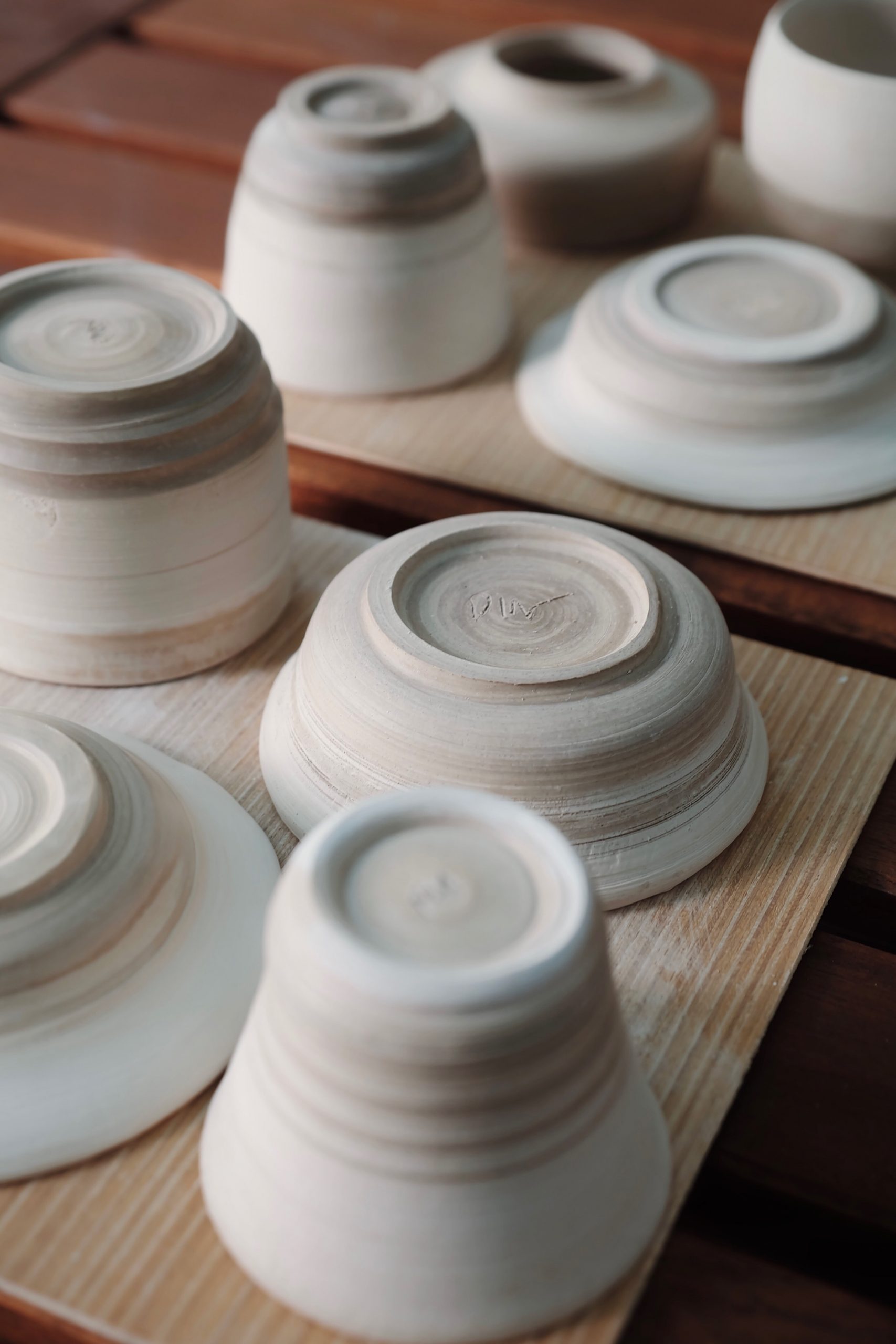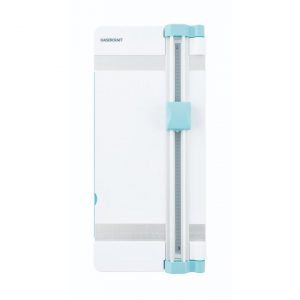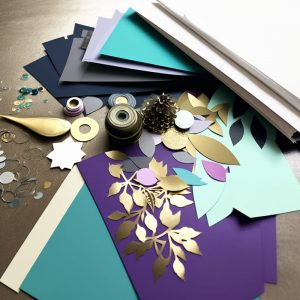Kiln firing is a crucial step in the pottery-making process, transforming raw clay into durable, finished ceramics. It involves heating the pottery to high temperatures to fuse the clay particles and set the glaze.
Understanding Kiln Types
There are two primary types of kilns:
- Electric Kilns: These kilns are easy to use and maintain, making them popular for home studios. They provide precise temperature control and are ideal for smaller-scale firing.
- Gas Kilns: Gas kilns offer faster firing times and higher temperatures, making them suitable for larger-scale production. However, they require more technical knowledge and maintenance.
The Kiln Firing Process
- Loading the Kiln: Arrange the pottery pieces carefully within the kiln, ensuring they are not touching and allowing for proper airflow.
- Setting the Firing Schedule: Program the kiln to follow a specific firing schedule, which includes a slow heating rate, a soaking period at the peak temperature, and a cooling period.
- Firing the Kiln: The kiln will automatically heat up and cool down according to the programmed schedule.
- Cooling and Unloading: Once the kiln has cooled down, you can safely remove your pottery.
Tips for Successful Kiln Firing:
- Clean Your Pottery: Remove any dust or debris from your pottery before firing.
- Proper Ventilation: Ensure adequate ventilation in your workspace, especially when firing gas kilns.
- Kiln Safety: Follow safety guidelines and avoid touching the kiln or hot pottery while it’s firing.
- Monitor the Firing Process: Keep an eye on the kiln’s temperature and humidity levels to prevent issues like cracking or warping.
- Experiment with Firing Schedules: Different firing schedules can produce various effects on your pottery.
Common Kiln Firing Problems
- Cracking: This can be caused by rapid temperature changes or insufficient drying of the clay.
- Warping: Uneven drying or improper loading can lead to warping.
- Glaze Defects: Issues like blistering, crawling, or running can occur due to incorrect glaze application or firing temperatures.
By understanding the basics of kiln firing and following these tips, you can achieve successful and consistent results in your pottery practice.






